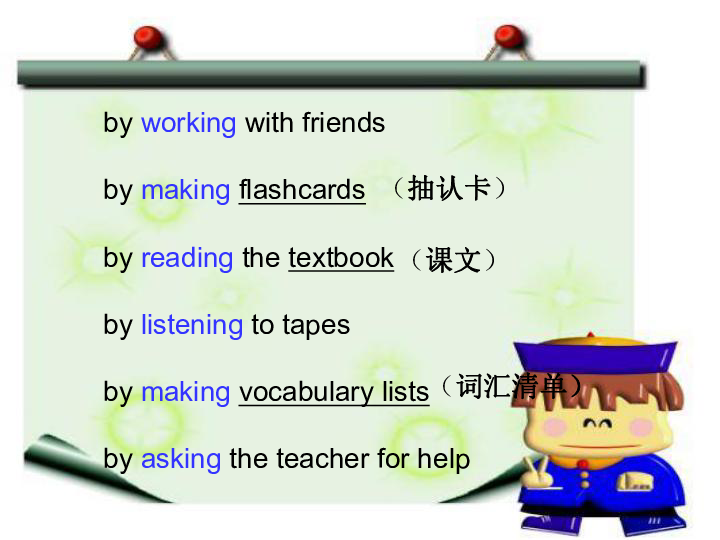# How Do You Write a Loan Agreement: A Comprehensive Guide for Borrowers and Lenders
## IntroductionWhen it comes to borrowing or lending money, having a clear and legally binding loan agreement is crucial. But how do you write a loan agreem……
## Introduction
When it comes to borrowing or lending money, having a clear and legally binding loan agreement is crucial. But how do you write a loan agreement that protects both parties involved? In this guide, we will explore the essential components of a loan agreement, provide tips for drafting one, and discuss common pitfalls to avoid.
## Understanding the Basics
### What is a Loan Agreement?
A loan agreement is a formal document that outlines the terms and conditions of a loan between a borrower and a lender. It serves as a legal contract that details the amount borrowed, interest rates, repayment schedule, and any collateral involved.
### Why is a Loan Agreement Important?
Having a written loan agreement is essential for several reasons:
1. **Legal Protection**: It provides legal recourse in case of disputes.
2. **Clarity**: It clarifies the expectations and responsibilities of both parties.
3. **Financial Planning**: It helps both parties understand the financial implications of the loan.
## How Do You Write a Loan Agreement?
### Step 1: Identify the Parties Involved
The first step in drafting a loan agreement is to clearly identify the borrower and lender. Include full names, addresses, and contact information for both parties.

### Step 2: Specify the Loan Amount
Clearly state the amount of money being borrowed. This should be written in both numerical and word form to avoid any confusion.
### Step 3: Outline Interest Rates
Specify the interest rate applicable to the loan. This can be fixed or variable, and it’s crucial to clarify how interest will be calculated (e.g., annually, monthly).
### Step 4: Detail the Repayment Schedule
Include a repayment schedule that outlines when and how the borrower will repay the loan. This should include:
- Payment due dates
- Amounts due
- Accepted payment methods

### Step 5: Include Terms for Late Payments
Specify what will happen if the borrower fails to make a payment on time. This may include late fees or a change in the interest rate.
### Step 6: Collateral and Guarantees
If applicable, include details about any collateral being offered to secure the loan. This could be property, vehicles, or other valuable assets.
### Step 7: Add Legal Disclaimers
Incorporate any necessary legal disclaimers or clauses, such as governing law, dispute resolution, and amendments to the agreement.
### Step 8: Sign and Date the Agreement
Both parties should sign and date the agreement to make it legally binding. It’s advisable to have a witness or notary public present during this process.
## Common Pitfalls to Avoid

### Lack of Clarity
Ambiguities in the agreement can lead to misunderstandings. Ensure that all terms are clearly defined.
### Not Consulting a Lawyer
While you can draft a loan agreement on your own, consulting a legal professional can help you avoid potential legal issues.
### Failing to Keep Copies
Both parties should retain copies of the signed agreement for their records.
## Conclusion
In summary, knowing how to write a loan agreement is essential for anyone involved in lending or borrowing money. By following the steps outlined in this guide, you can create a comprehensive and legally binding document that protects both parties and ensures a smooth financial transaction. Remember, a well-drafted loan agreement not only provides clarity but also fosters trust between the borrower and lender.